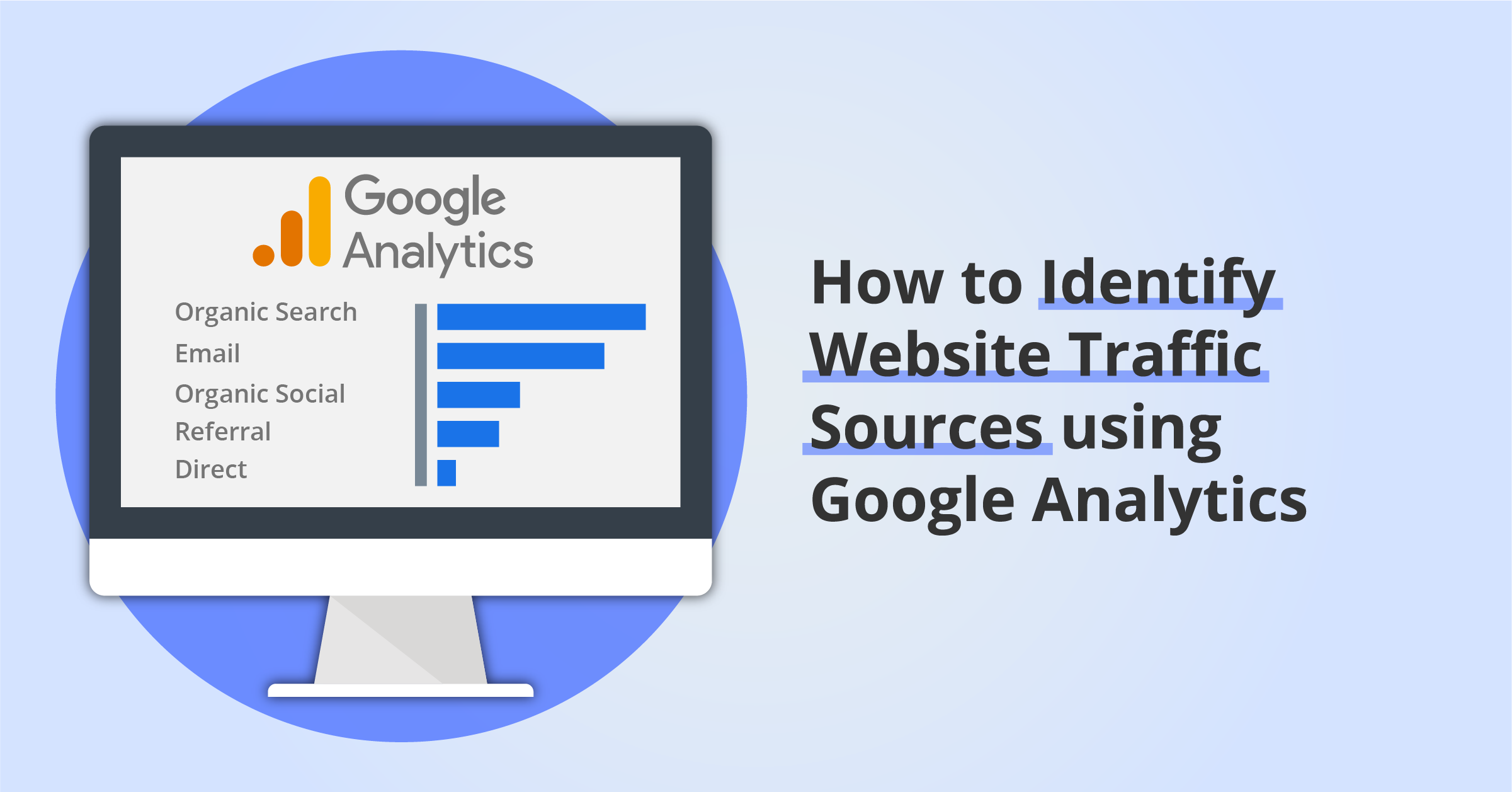Debunking Secondary Dimensions in Google Analytics: Definition and Practical Applications
Debunking Secondary Dimensions in Google Analytics: Definition and Practical Applications
Blog Article
Revealing the Influence of Second Dimension in Google Analytics on Information Analysis and Insights
In the world of data analytics, the utilization of additional dimensions within Google Analytics has emerged as a critical device for extracting much deeper understandings and unraveling complicated patterns that could or else continue to be obscured. By peeling back the layers of key information sets, secondary measurements offer a nuanced viewpoint that improves the understanding of user habits, web site efficiency, and the performance of marketing strategies.
Exploring the Principle of Second Measurements
Additional measurements in Google Analytics supply extra insights by enabling users to evaluate primary data along with a secondary attribute. This function enables an extra comprehensive understanding of the key information by including one more layer of info for analysis. By including additional measurements, individuals can dig deeper into the data and discover useful correlations that could otherwise go unnoticed. For instance, by matching the main information of web site traffic with additional measurements like demographics or actions, online marketers can acquire an extra comprehensive sight of their target market and customize their techniques appropriately.
By exploring the different second dimensions available in Google Analytics, users can open new understandings and maximize their digital advertising initiatives. In significance, second dimensions serve as an effective device for improving data analysis and driving actionable results.
Enhancing Information Analysis With Second Dimensions
Having established the foundational understanding of secondary dimensions in Google Analytics and their essential role in data analysis, the emphasis currently changes towards leveraging these second credit to improve the analysis of analytics data (what is a secondary dimension in google analytics). By integrating additional dimensions into information evaluation, experts can obtain deeper understandings right into user habits, site performance, and advertising effectiveness

Moreover, second measurements aid in contextualizing main information metrics by supplying added layers of details. This contextualization aids in understanding the 'why' behind the data trends, assisting experts make educated optimizations and choices to boost general efficiency. Ultimately, incorporating additional measurements improves the information analysis procedure, leading to even more tactical activities and meaningful insights.
Discovering Hidden Insights Via Second Dimensions
Exploring the midsts of analytics information with additional measurements discloses important understandings that would certainly otherwise continue to be covered. By integrating additional measurements in Google Analytics, companies can unearth covert patterns, fads, and relationships that offer an even more detailed understanding of user habits and web site efficiency. These added layers of information allow analysts to dive much deeper into the main measurements, such as traffic sources or landing web pages, and get an extra nuanced point of view on how various variables engage with each various other.
Via the use of additional dimensions, experts can segment and compare data throughout different dimensions, enabling them to recognize certain variables that influence user involvement, conversion prices, and overall success metrics. By pairing the primary measurement of 'gadget group' with the secondary dimension of 'age group,' online marketers can identify which age demographics choose accessing the internet site through mobile gadgets versus desktops.
Leveraging Second Measurements for Actionable Analytics
Structure upon the insights unveiled via second dimensions in Google Analytics, businesses can now harness this enriched data landscape to drive actionable analytics and calculated decision-making. By leveraging secondary measurements, organizations can dive deeper right into their data to draw out important patterns, trends, and relationships that might have formerly gone undetected. This deeper degree of evaluation allows businesses to obtain a much more detailed understanding of individual behavior, campaign efficiency, and general internet site performance.
One trick benefit of making use of additional measurements for actionable analytics is the capacity to segment information based on particular standards. This division permits services to customize their techniques and projects to different audience teams, leading to extra targeted and efficient advertising and marketing efforts - what is a secondary dimension in google analytics. In addition, additional measurements provide an even more all natural sight of customer interactions, allowing services to maximize their internet site web content, layout, and overall user experience
Optimizing Decision-Making With Secondary Measurements
To improve tactical decision-making in analytics, leveraging secondary dimensions in Google Analytics can give a much more nuanced perspective on user habits and project efficiency. By including second measurements into information evaluation, organizations can delve much deeper into the specifics of their website visitors' interactions and involvement patterns. This added layer of information enables a more extensive understanding of how various variables, such as demographics, tools, or click here for info web traffic sources, effect vital efficiency indications.

Conclusion
To conclude, the use of additional measurements in Google Analytics plays a vital role in improving information analysis and uncovering concealed understandings. By discovering this concept, one can get a much deeper understanding of user habits and make educated choices based upon workable analytics. Leveraging additional dimensions allows for a much more extensive analysis of information and makes best use of the performance of decision-making processes.

Report this page